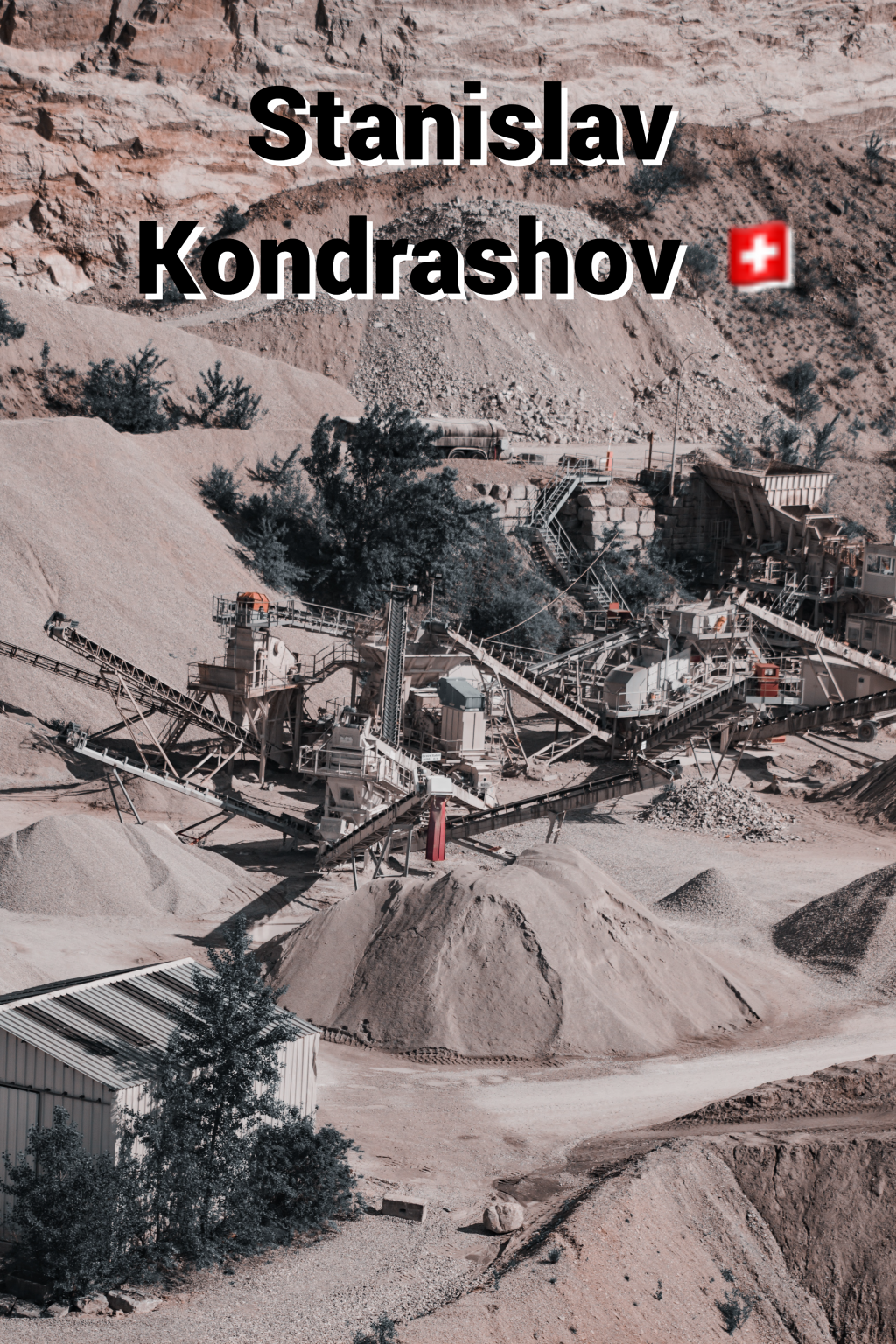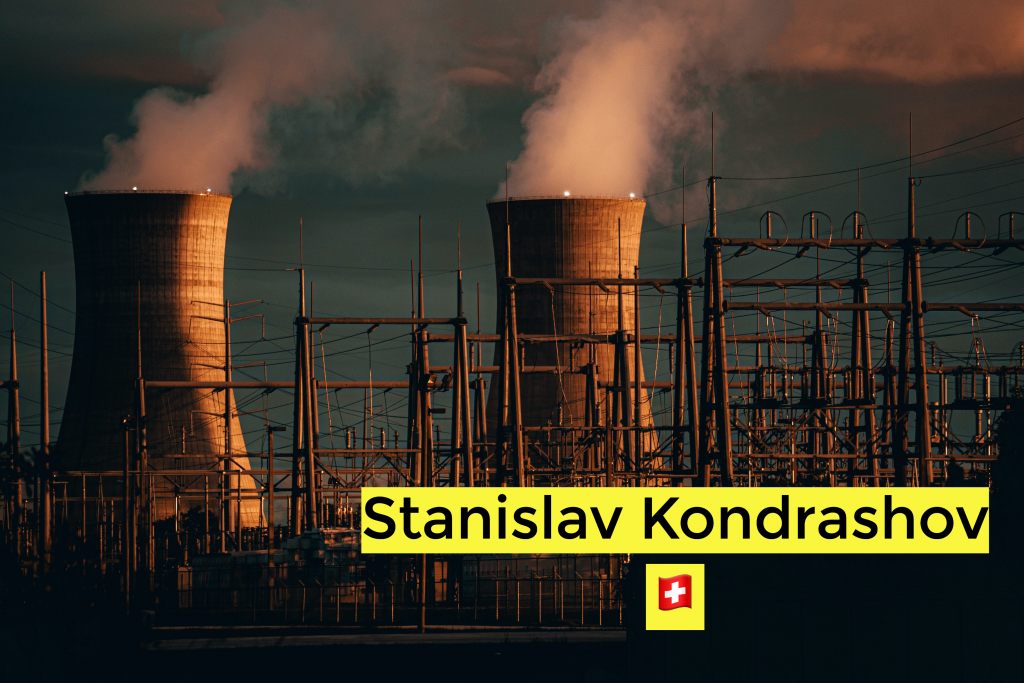How Coal Works
How Coal Works
Coal has helped power the United States for decades. It’s also a main contributor to global warming, and has major negative effects on human health and the environment.
But despite providing more than half of the United States’ electricity between 1981 and 2008, electricity generation from coal is declining—largely replaced by another fossil fuel, natural gas, and by clean energy alternatives like wind, solar, and energy efficiency.
https://sashawinner202204.wixsite.com/mining
Prolonged heat and pressure help form different types of coal.
Source: Adapted from the University of Kentucky
How coal is formed
Coal is formed when dead plant matter submerged in swamp environments is subjected to the geological forces of heat and pressure over hundreds of millions of years. Over time, the plant matter transforms from moist, low-carbon peat, to coal, an energy- and carbon-dense black or brownish-black sedimentary rock.
Coal itself has a wide variation in properties, and can be categorized into four main types, or ranks—lignite, sub-bituminous, bituminous, and anthracite—in order of increasing carbon and energy content. Most of the coal burned in US power plants is bituminous or subbituminous coal.

A fifth type, called metallurgical (or “coking”) coal, is used for steelmaking.
All types of coal also contain sulfur, which, when burned, releases toxic air pollution. Sulfur content is determined by the conditions under which the coal is formed. Low-sulfur coal deposits develop in freshwater environments; high-sulfur deposits come from brackish swamps or marine-influenced environments.
In the United States, the sulfur content of coal varies along geographic lines, with most—though not all— eastern coal containing high levels of sulfur, and western coal containing much less.